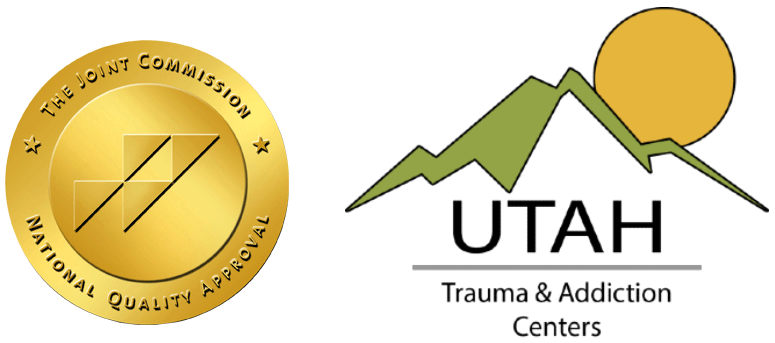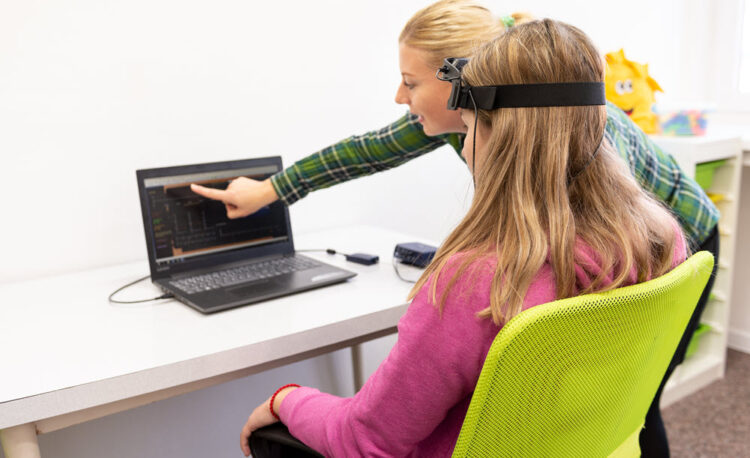What is Neurofeedback?
Neurofeedback, also called EEG Biofeedback, is a way to train brain function. During neurofeedback therapy, the brain learns to function more efficiently. Using advanced technology and software, our clinicians at Utah Trauma & Addiction Centers use electroencephalogram (EEG) patterns to observe electrical currents of the brain in action. EEG is a test that detects abnormalities or electrical activity in brain waves.
As we observe the brain in action, the person receiving the training receives feedback in the form of visual, audio, or tactile (touch-vibration). The feedback is a gradual learning process for the brain, and it applies to any part of the brain that can be measured. Neurofeedback is essentially training in self-regulation which allows improved functioning in the central nervous system (CNS).
Using neurofeedback allows clinicians to address problems of brain dysregulation in the form of physical calming, autonomic regulation, emotional reactivity, mental calming, and sensory awareness. A few areas of brain dysregulation that can be trained using neurofeedback include:
- addictions
- ADHD
- anxiety
- aggression
- appetite
- cravings
- depression
- despair
- emotional problems
- fear
- headaches and migraines
- mood swings
- panic attacks
- muscle and back pain
- nerve pain
- obsessive thoughts
- Posttraumatic Stress Disorder (PTSD)
- self-control
- sleep/wake cycles
How Does Neurofeedback Work?
Using the “Othmer Method” and technology developed by EEGInfo, we apply electrodes to the scalp and listen or view brainwave activity. This technology processes the signal by computer and extracts information about targeted brainwave frequencies. This information is feedback to the person via visual, audio, and tactile stimulation. As the training continues, some frequencies are rewarded, others are inhibited. The brain learns these frequencies and overtime automatically calibrates to these new frequencies. The targeted frequencies and specific areas of the brain are specific to conditions or dysregulation we are trying to address during neurofeedback therapy.
Is Neurofeedback a Cure?
When training problems of dysregulation, we are often able to obtain lasting regulation; however, when training organic brain disorders (I.e. Parkinson’s or dementias), we can get the brain to function better, but we cannot cure the condition.
How Successful Is Neurofeedback?
Utah Trauma & Addiction Center’s neurofeedback therapy in Utah has very high expectations for success. As we follow established protocol, positive gains can be experienced by anyone using neurofeedback. This said, neurofeedback is not a once-and-done treatment. Neurofeedback is a training system and any form of training may take time and multiple sessions are encouraged for long-term and lasting results.

